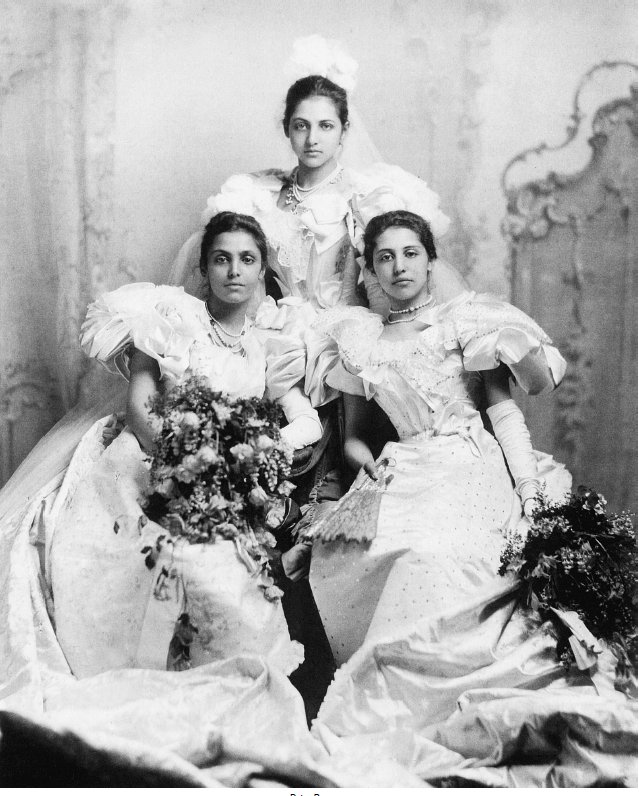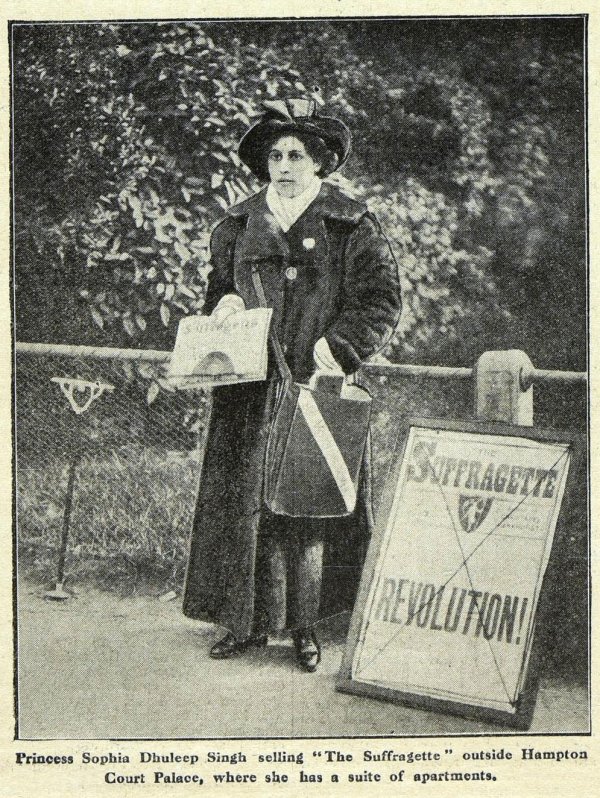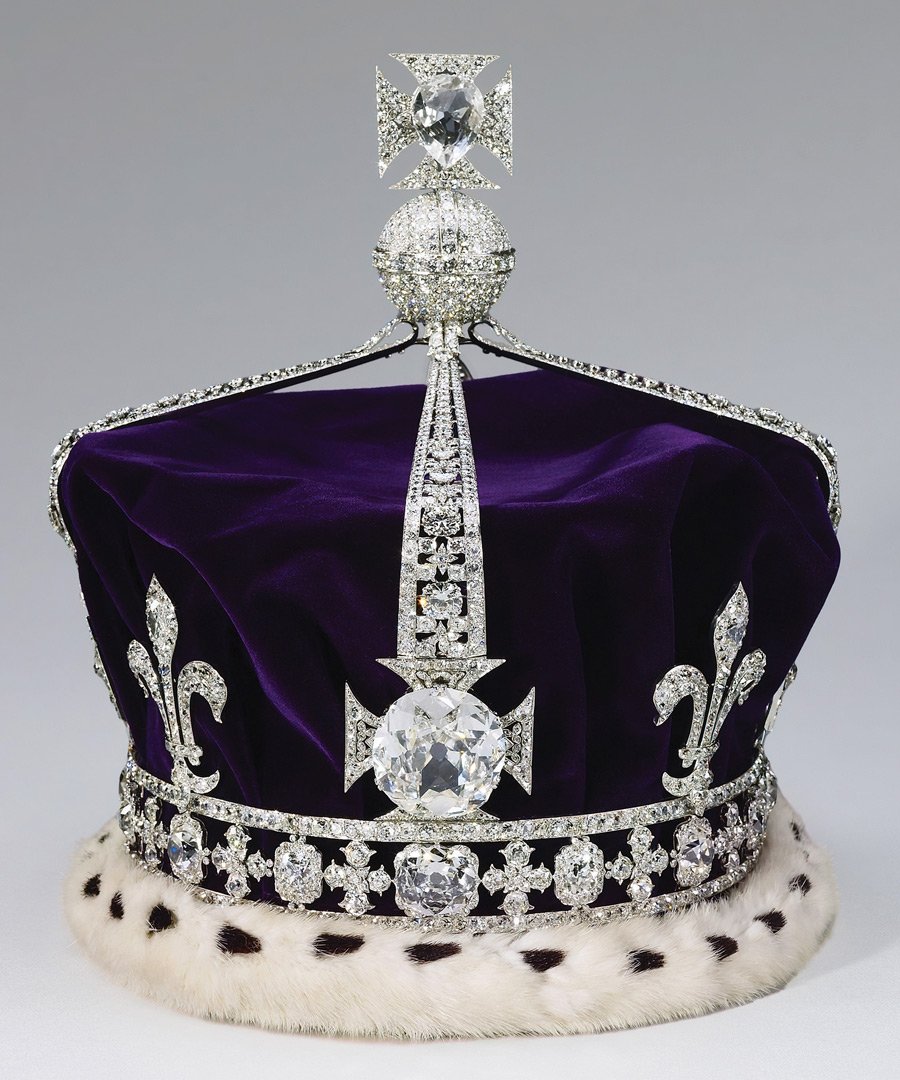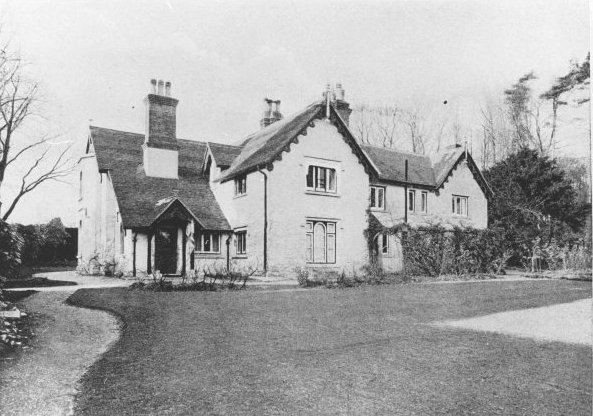The Koh-I-Nor, which is Persian for ‘Mountain of Light’, is one of the largest and most valuable cut diamonds in the world and belongs to the crown jewels of the United Kingdom set into the front of the crown of the Queen Mother. There are multiple confiicting legends of the origin of the diamond but it almost certainly was sifted from the sand of India’s alluvial diamond mines thousands of years ago. The first verifiable record of the diamond was in the 1740’s when it was looted from Delhi during an invasion of Northern India by Persian ruler Nader Shah. It then changed hands between various empires and rulers in South and West Asia before the founder of the Sikh Empire Ranjit Singh took possession of it in 1813 in Lahore. After his death in 1839 it changed hands again several times during a violent four year period but was eventually gifted to the newly installed five year old Maharaja Duleep Singh in 1843.
After the conclusion of the Second Anglo¬Sikh War of 1849, the Treaty of Lahore ceded the Maharaja’s assets elsewhere including the diamond which was surrendered as a gift to Queen Victoria by eleven year old Duleep Singh. It was formally presented to Queen Victoria on 3rd July 1850 at Buckingham Palace by the Deputy Chairman of the East India Company. Duleep Singh was exiled to the UK in 1854 aged eleven and was immediately befriended by Queen Victoria. He went on to father nine children all of which Victoria was very fond of and in particular three of his Princess daughters, Bamba Sofia Jindan Duleep Singh born 1869, Catherine Hilda Duleep Singh born 1871 and Sophia Alexandra Duleep Singh born 1876 who was Victoria’s goddaughter. Victoria advised them how to dress and conduct themselves in public and encouraged them to become socialites with strong royal connections.

The Duleep Singh princesses (Bamba and Sophia seated, Catherine standing) at their Buckingham Palace debut, London, England, 1895
 Despite having this royal background, Catherine and Sophia both became leading activists in the Women’s Suffragette movements and were involved in the Black Friday protest march in 1910 with Emmeline Pankhurst.
Despite having this royal background, Catherine and Sophia both became leading activists in the Women’s Suffragette movements and were involved in the Black Friday protest march in 1910 with Emmeline Pankhurst.
Sophia led a very busy life breeding championship dogs and pursuing her interests in photography and cycling. After living at several different venues around Britain over the years, the Princesses purchased a six bedroom house in Hammersley Lane in the 1930’s, then known as Colehatch House. The Princesses were very popular in the nearby Tylers Green village and enjoyed being involved with the community and local activities.
This popularity was later tested when the sisters decided to house a number of German Jews who had escaped as refugees. The villagers were not very happy to learn that at least a dozen Germans were residing at Colehatch House at the start of World War 2 and their feelings were made public in letters of complaint to the Bucks Herald. The problem was partially resolved when most of the refugees were interned on the Isle of Man.
When Catherine Hilda died in 1942 at Colehatch House aged 71, Sophia renamed the house to its present name of Hilden Hall as a tribute to her sister’s middle name. Sophia passed away at Rathenrae, now Folly Meadow, nearby on the opposite side of the lane in 1948 aged 72. When Bamba passed away in 1957 in Pakistan aged 87 she had been the last surviving member of the family that had ruled the Sikh Empire and owned the Koh-i-Noor diamond.
The diamond has a very controversial and turbulent history involving many deaths of the past owners giving rise to the theory that male owners were cursed. The controversy continues today and the governments of India, Pakistan, Iran and Afghanistan have all claimed ownership of the jewel and have been demanding its return since 1947. For these reasons Camilla declined to wear it at her coronation in May 2023 and it continues to be displayed in the jewel house at the Tower of London where we are assured it will remain despite the continuing ownership claims.
John Gurney, for and on behalf of the Flackwell Local Area History Group
Chepping Wycombe Parish Council Newsletter, February 2020, Issue 98.


